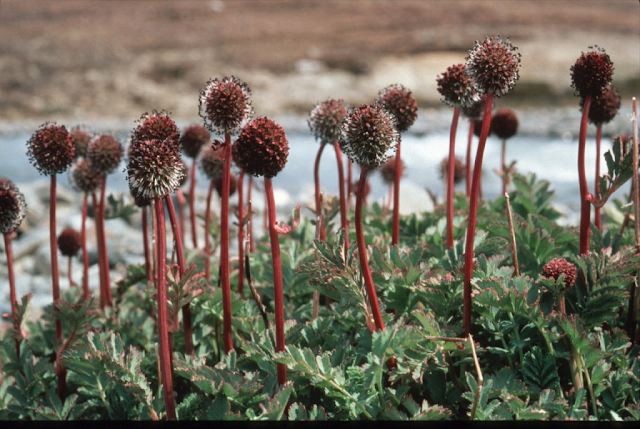Good news! Do these plants reduce CO2 in the atmosphere? A nice example of junk journalism!
"On land, scientists have found flowering plants, moss, and algae spreading like never before [??? Utter nonsense!] ...
Moments like these make it clearer than ever that Antarctica is not immune [???] to the climate crisis, as some scientists once thought. ...
At the moment, Antarctica and its associated islands are covered by permanent snow and ice, with only a percent or so of suitable land for flowering plants like the Antarctic hair grass (Deschampsia antarctica) and the Antarctic pearlwort (Colobanthus quitensis). ...
In the past few decades, however, warmer springs and summers have seen such plants take off, with growth rates increasing by 20 percent or more from 2009 to 2018. ...
If vegetation continues to spread into these zones, researchers worry it will lead to "irreversible biodiversity loss" in Antarctica. [??? What!] ...
"Unfortunately, the milder climates will also lower the barrier of invasion for foreign plant and animal species." [what bizarre remarks from a scientist] ..."
"The majority of the Antarctic continent is covered by permanent ice and snow leaving less than 1% available for colonisation by plants. Most of this ice and snow-free land is found along the Antarctic Peninsula, its associated islands and in coastal regions around the edge of the rest of the Antarctic continent. Even in the most inhospitable ice-free habitats, such as inland mountains and nunataks, life can still be found.
There are no trees or shrubs, and only two species of flowering plants are found: Antarctic hair grass (Deschampsia antarctica) and Antarctic pearlwort (Colobanthus quitensis). These occur on the South Orkney Islands, the South Shetland Islands and along the western Antarctic Peninsula. ..."
British Antarctic Survey (BAS)

Tussock grass ( Parodiochloa flabellata , dark green) and Antarctic hair grass ( Deschampsia antarctica , light green) lawn
Greater burnet ( Acaena magellanica) flowers
No comments:
Post a Comment